Reflections on Distributed Learning During the COVID-19 Crisis
Greg Smith
I am reflecting on the multiple activities of the past week; I hosted or attended a total of 19 hours of Zoom sessions, hosted an additional two hours of Zoom sessions for my Sunday School class and church choir. In addition, I recorded a three-part video lecture on 1-2 Kings for my Old Testament Survey, uploaded those video files to Dropbox where my teaching assistant then uploaded the same videos to Stream, copied and pasted the embedded code back into Canvas so that my students could watch my lecture content from home. The lecture on 1-2 Kings took place in three separate sessions, each interrupted by the pounding and multiple knocks of the roofers who were working on my house.
I am sure I am not the only one who thinks that the world has gotten a bit more complicated overnight. Part of me wishes and hopes this is not the new normal; part of me, however, realizes that a lot of it just may be.
As the Associate Vice President for Distributed Learning at Southwestern Seminary, my inbox has been pinging at an unusually alarming rate. The good news for us is that many of our efforts over the last few years have paid huge dividends in the arena of online education. Our faculty and students have already been in this world, learning new ways of delivering the quality education that we desire to provide for our students. This preparation greatly helped us as we quickly transitioned to everything online over the extended Spring Break in response to issues associated with COVID-19.
Not unlike other institutions, we have been making rapid scheduling and budget changes. While these changes are never easy, they also present new opportunities for innovation. The question that I have been asking myself, in between the flurry of faculty training sessions in Zoom and my work for our next Quality Enhancement Plan, is how the current changes will influence our work for the fall semester and beyond. I believe it is a time for a new car design. It can’t be business as usual when August arrives. Yes, the CDC and the governor of Texas may allow our students to return in August, but I believe that every institution must be prepared for a serious enrollment decline. Many students probably remain online because they will be scrambling for jobs just to pay the bills and put food on the table.
Our product will need to change to meet the numerous changes that I believe are forthcoming. The medieval, ivory tower graduate experience may well be a thing of the past. Institutions will need to rethink the lingering learning experience of the past where students read books while sitting in a library on campus. I think the answer needs to involve a radical redesign to the timing and pace of the student learning experience. At my institution, I am pushing for the eight-week term model for the entire academic year. In our case, this would be an extension of what we have already attempted to do to modify our summer sessions. Due to the Coronavirus, we needed to rapidly move all our week-long summer residential summer courses to two eight-week summer terms. I think those eight-week terms can also be moved to fit within our Fall semester.
I am also presenting the idea of delivering all courses in the new Fall A and B eight-week terms in a format that allows one professor to deliver a course in a single format that engages students both residentially, synchronously live and asynchronously (which we call the “Flexible course). On this point I feel a bit like the boy with his finger in the dike. No one knows if our students will be allowed back on campus this Fall. Additionally, no one knows if come next flu season that the Corona virus comes back with a vengeance. My suggestion is to start the Fall semester with all courses being offered in the Flexible format. Thus, regardless of where our students are, our professors can continue teaching out the semester with the same format. They may begin the semester with students in the class and finish the term with all students watching through their computer monitors, but this approach minimizes the need for disruptive change.
Whatever we ultimately decide to do as an institution, I think the sweet spot will need to include the increase of well-designed and effective online learning experiences for our students, but not to the expense of taking away the incarnational magic of the face-to-face learning experience, even if this takes place through a camera and monitor. The new generation of students is craving meaningful relationships. They are coming to our campus, but at a distance, and will still demand to know our wonderful faculty in a meaningful way. Let’s use the new technology now available to us to introduce these gifted faculty members to our students, enabling them to continue to serve as sages on the digital stage.
Greg Smith serves as Associate Vice President for the Office of Distributed Learning, Southwestern Baptist Theological Seminary.
